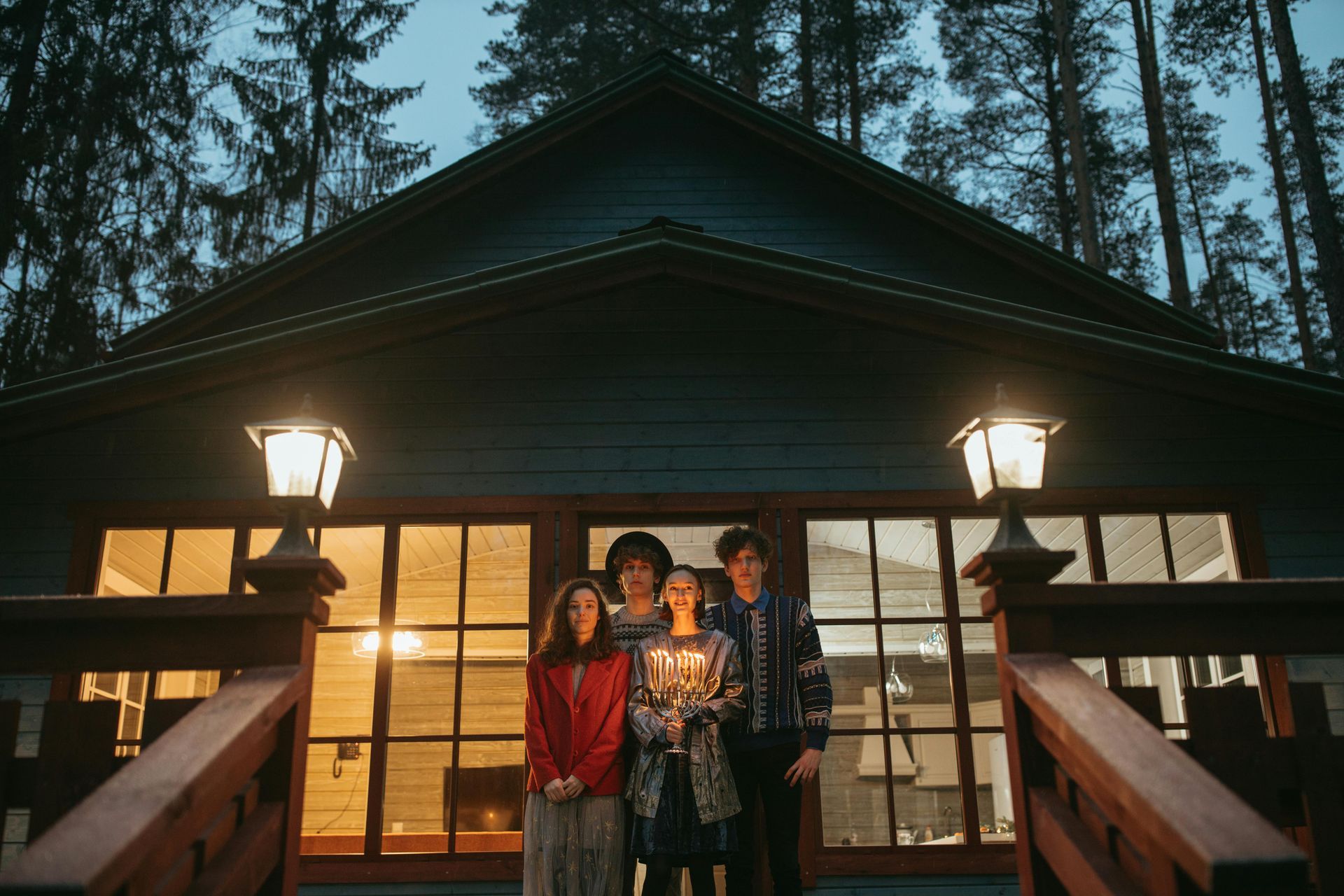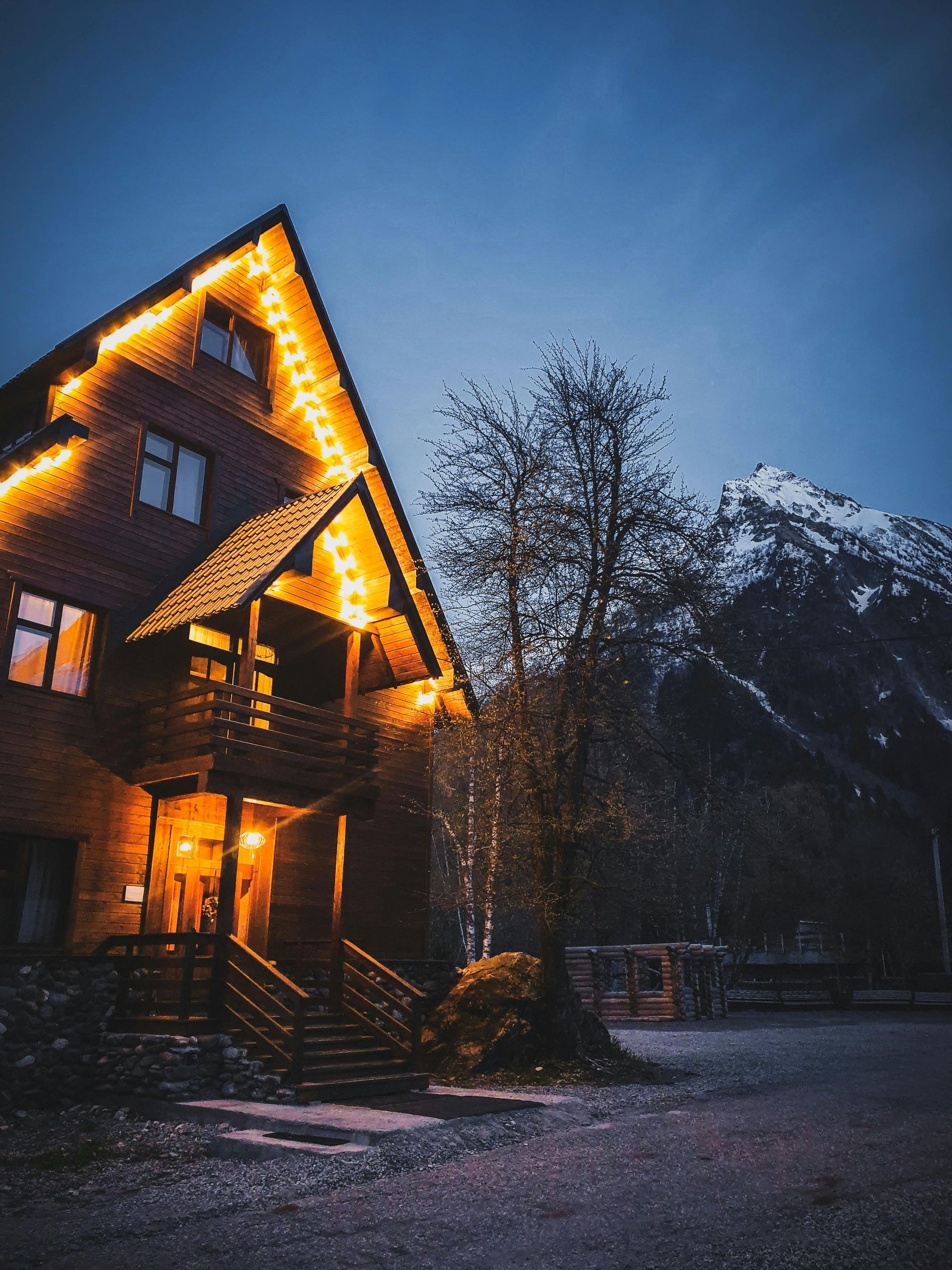The Advantages of Roof Coating Systems for Commercial Properties
The Advantages of Roof Coating Systems for Commercial Properties
As a commercial property owner, maintaining your building’s roof is crucial for protecting your investment and ensuring the safety of your tenants and employees. One effective solution that has gained popularity in recent years is the application of roof coating systems. At Graduate Contracting, we specialize in providing high-quality roofing solutions tailored to the unique needs of commercial properties. In this blog, we’ll explore the advantages of roof coating systems and why they might be the right choice for your building.
What Are Roof Coating Systems?
Roof coating systems are liquid-applied membranes that create a seamless, protective layer over existing roofing materials. These coatings can be made from various materials, including acrylic, silicone, and polyurethane, and are designed to enhance the performance and longevity of your roof.
1. Extended Roof Life
One of the most significant advantages of roof coating systems is their ability to extend the life of your existing roof. By applying a protective layer, you can prevent damage from UV rays, moisture, and extreme temperatures. This can significantly delay the need for a costly roof replacement, allowing you to maximize your investment.
2. Energy Efficiency
Roof coatings can improve the energy efficiency of your commercial building. Many coatings are reflective, meaning they can reflect sunlight and reduce heat absorption. This can lead to lower cooling costs during the hot summer months, making your building more comfortable for occupants and reducing energy expenses. In fact, some studies suggest that reflective roof coatings can lower energy costs by up to 30%.
3. Cost-Effective Solution
Compared to a full roof replacement, applying a roof coating system is a more cost-effective solution. The installation process is typically quicker and less labor-intensive, which means lower labor costs. Additionally, by extending the life of your roof, you can save money on future repairs and replacements.
4. Seamless Protection
Roof coating systems provide a seamless barrier that eliminates the risk of leaks and water intrusion. Traditional roofing materials often have seams and joints that can be vulnerable to leaks over time. A roof coating creates a continuous membrane that seals these vulnerable areas, providing enhanced protection against water damage.
5. Low Maintenance Requirements
Once applied, roof coatings require minimal maintenance. Regular inspections and occasional cleaning are usually sufficient to keep the coating in good condition. This low-maintenance requirement makes roof coatings an attractive option for busy commercial property owners who want to minimize ongoing upkeep.
6. Environmentally Friendly Option
Many roof coating systems are environmentally friendly, as they can be applied over existing roofs, reducing the amount of waste sent to landfills. Additionally, reflective coatings can help reduce the urban heat island effect, contributing to a cooler environment. Some coatings are also made from sustainable materials, making them a responsible choice for eco-conscious property owners.
7. Improved Aesthetics
Roof coatings come in various colors and finishes, allowing you to enhance the appearance of your commercial property. A fresh, clean roof can significantly improve your building’s curb appeal, making it more attractive to tenants and customers alike.
Conclusion
Roof coating systems offer numerous advantages for commercial properties, from extending the life of your roof to improving energy efficiency and reducing maintenance costs. At Graduate Contracting, we understand the unique needs of commercial property owners and are committed to providing high-quality roofing solutions that meet those needs.
If you’re considering a roof coating system for your commercial property, contact us today for a free estimate! Our experienced team is here to help you protect your investment and ensure your building remains in top condition for years to come.


